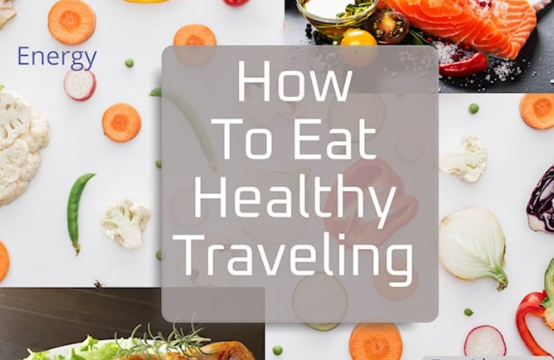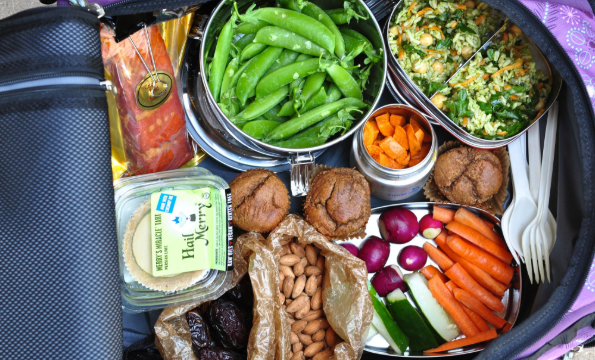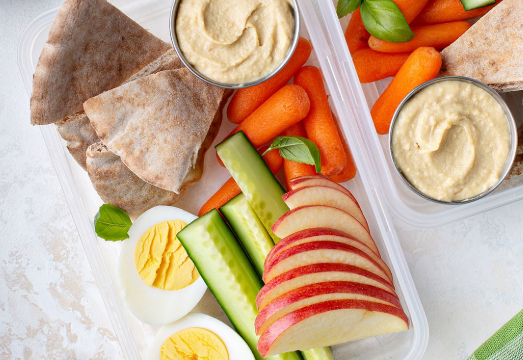Dining out can be a challenge for people with food intolerances, but it doesn’t have to mean giving up delicious meals or social experiences.
With the right strategies, you can enjoy eating out while protecting your health and avoiding discomfort.
Understand Your Intolerances Before heading to a restaurant, make sure you clearly understand which foods you need to avoid and the possible hidden sources of those ingredients.
Whether it’s gluten, dairy, nuts, or other common triggers, knowing your specific needs helps you ask the right questions. Tips for Safe Dining Out 1. Research Restaurants Ahead of Time Look for restaurants that offer allergen-friendly menus or are known for accommodating dietary restrictions. Websites, apps, and online reviews can be valuable tools for finding safe options. 2. Call Ahead If you’re unsure about the menu, call the restaurant beforehand. Speaking directly with the manager or chef allows you to explain your needs and find out if they can accommodate you. 3. Be Clear and Specific When ordering, be very specific about your intolerances. Instead of saying “I’m allergic to dairy,” explain that you need your meal prepared without butter, cream, cheese, or milk. 4. Ask About Cross-Contamination Even if a dish doesn’t list your trigger ingredients, it could still be contaminated during preparation. Ask if the kitchen uses separate equipment or surfaces to avoid cross-contact. 5. Choose Simpler Dishes Simpler meals with fewer ingredients are easier to control and verify. Grilled meats, steamed vegetables, and plain rice are often safer choices. 6. Carry a Chef Card A chef card explains your dietary needs clearly and can be handed to kitchen staff. It’s especially useful if there’s a language barrier or during busy dining times. 7. Always Have a Backup Plan Despite your best efforts, mistakes can happen. Carry safe snacks or know nearby alternative restaurants in case you need a quick change. Foods Commonly Associated with Hidden Intolerances
- Sauces and Dressings: May contain gluten, dairy, or soy.
- Fried Foods: Cross-contamination from shared fryers is common.
- Breads and Buns: Often contain hidden gluten or dairy.
- Marinades: Sometimes include soy sauce (contains gluten) or dairy-based ingredients.
Conclusion Eating out with food intolerances requires a little extra planning, but it’s completely possible to enjoy safe and delicious meals away from home. By communicating clearly, choosing restaurants wisely, and staying prepared, you can dine out with confidence and ease.






